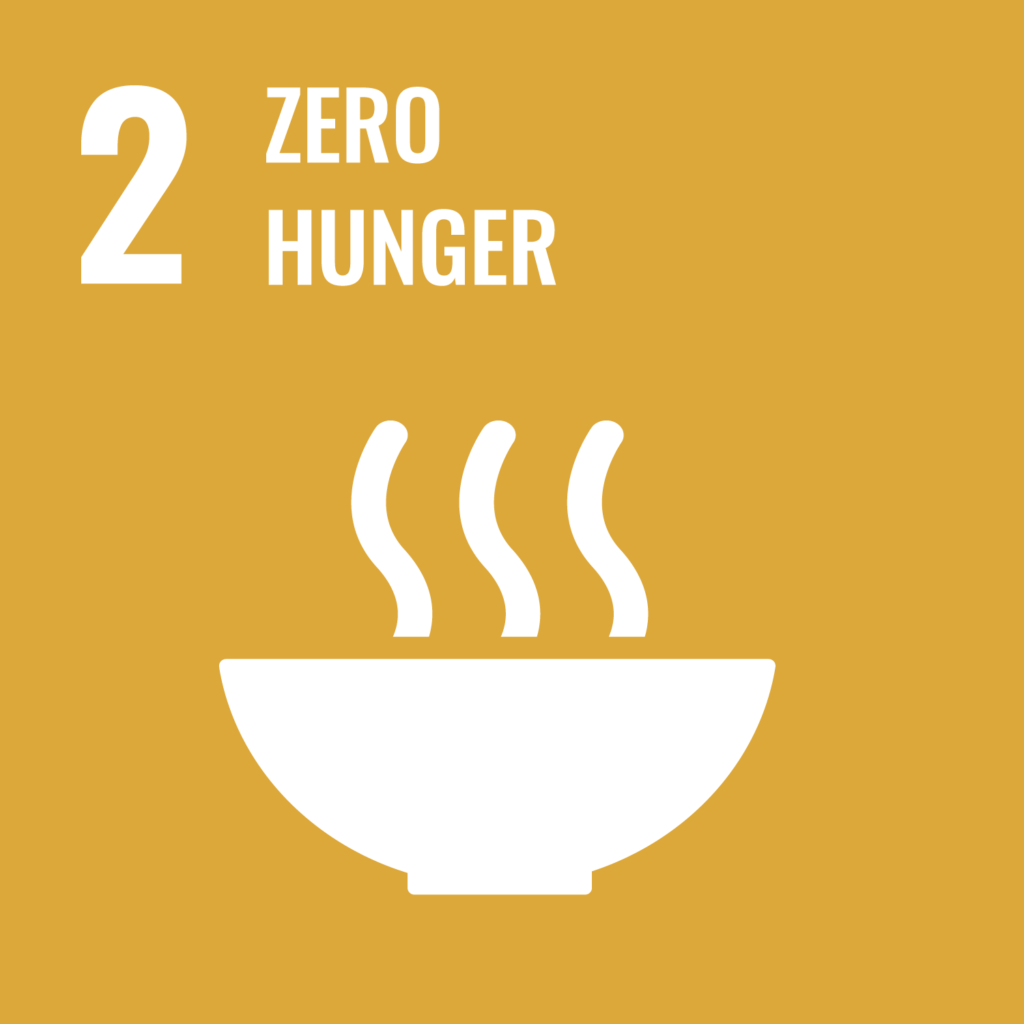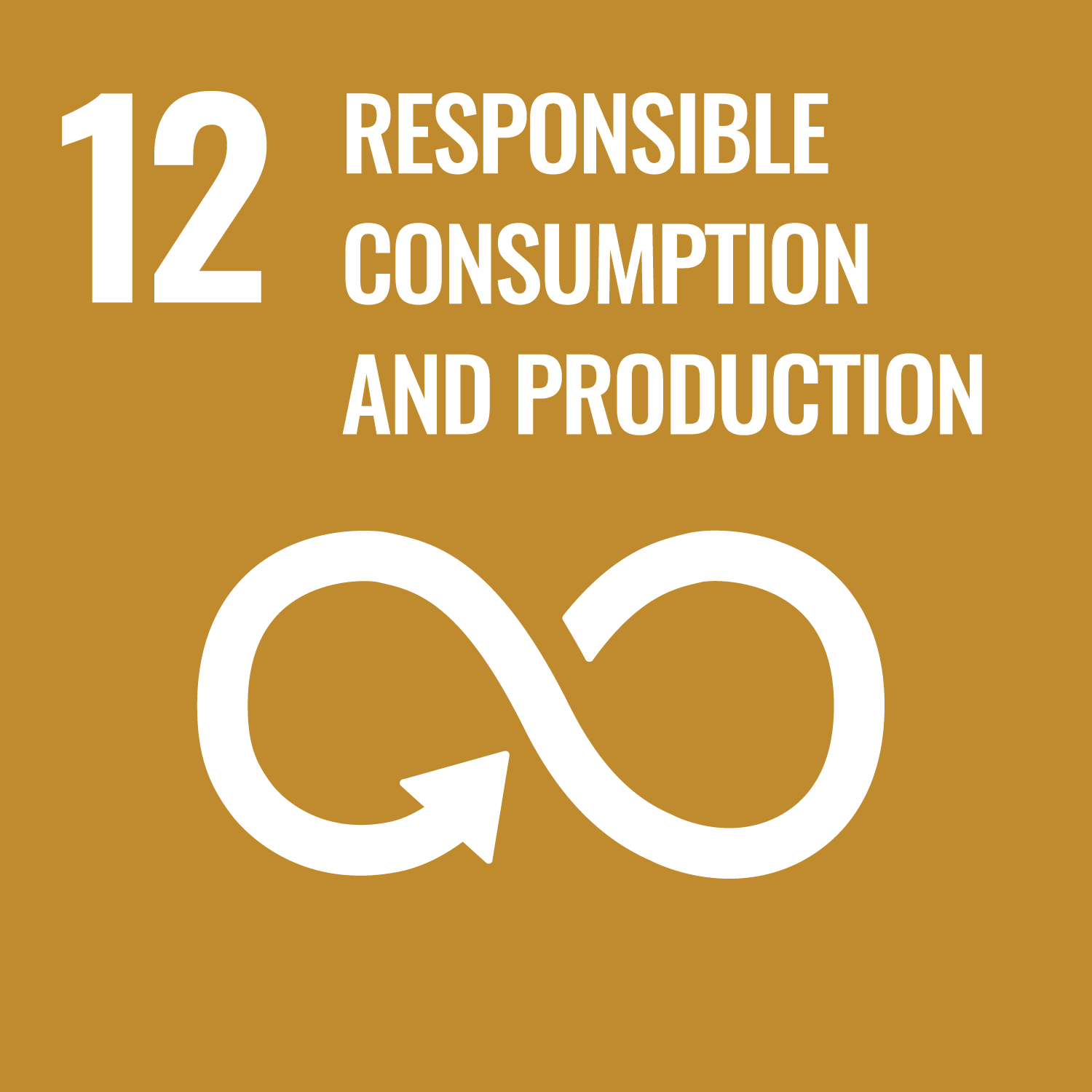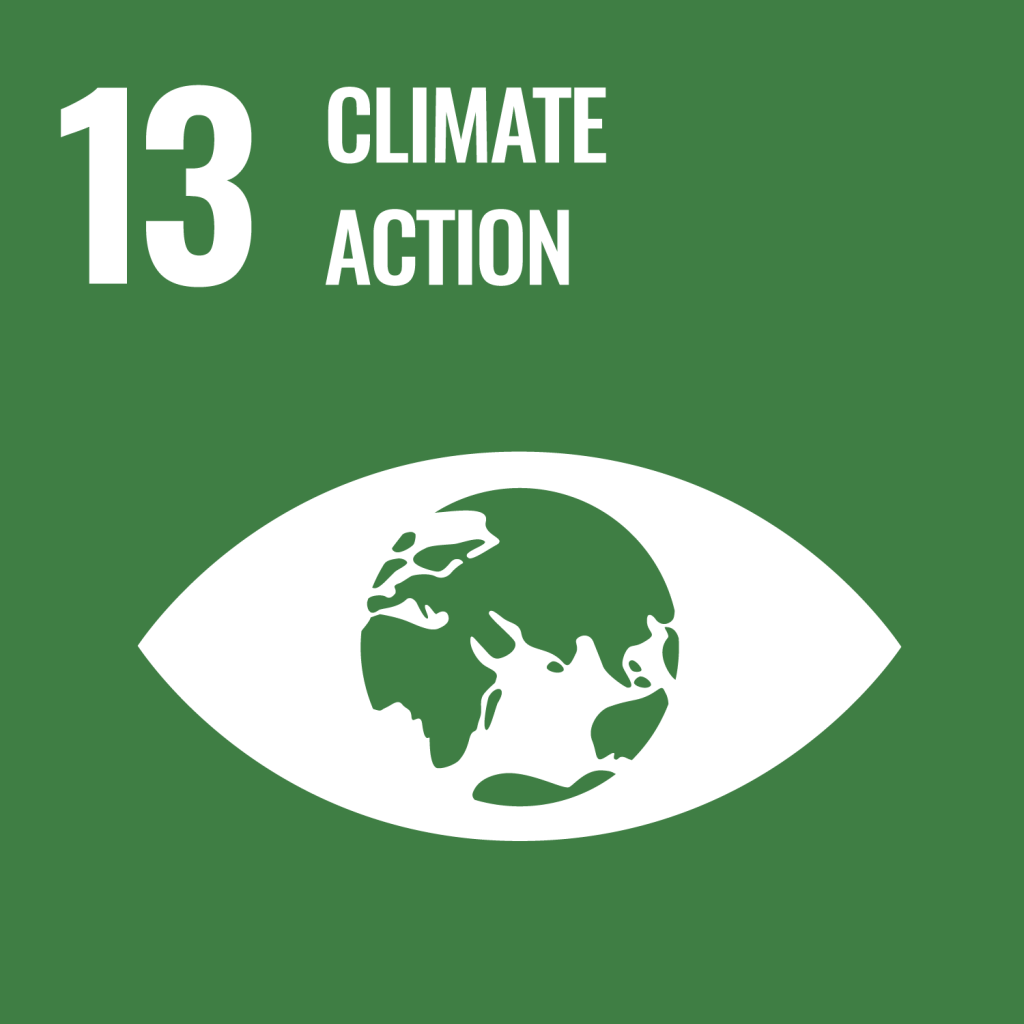Traditional farming often uses a lot of water, pesticides, and land, which can damage nature and produce greenhouse gases. As Earth’s population gets larger, we need to be able to grow enough food for everyone without harming the environment. In short, we need new and smarter farming methods.
One exciting solution is vertical farming, where crops are grown indoors in stacked layers. This approach saves space and can be set up in cities, reducing transportation pollution.
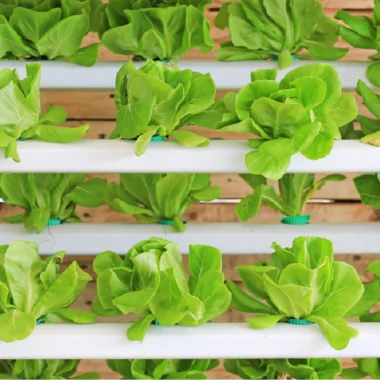
We can also use technology to make water and lighting cycles less wasteful. LED grow lights are key to vertical farming because they provide the exact light plants need to grow well, no matter the weather outside.
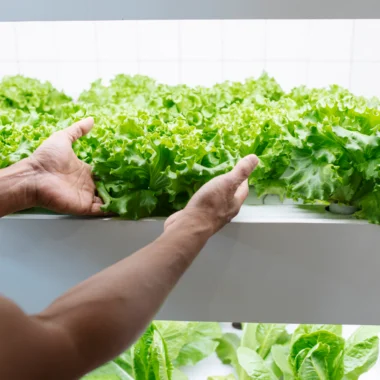
In today’s lesson, we’ll learn how plants use light throughout their life cycles and how vertical farms are designed to meet these needs. Then, we’ll create our vertical farm!
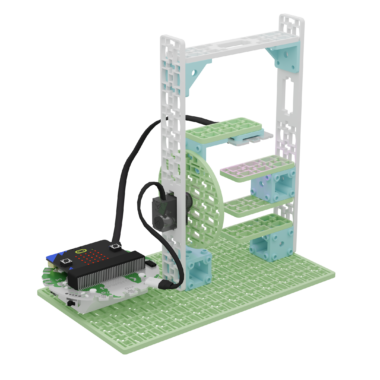
The United Nations Sustainable Development Goals (SDGs)
The SDGs are 17 goals created by the United Nations to make the world a better place.
This project ties into several important goals. With vertical farming, we can:
- Goal 2: Improve farming productivity to grow more food and ensure everyone has enough to eat.
- Goal 12: Promote farming practices that reduce waste and minimize environmental impact.
- Goal 13: Reduce the amount of greenhouse gases produced by using more energy-efficient ways to grow food.
